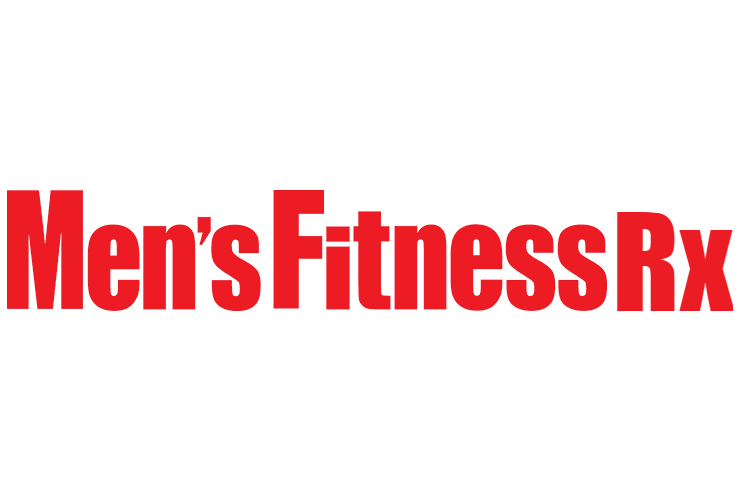Best Lifts-Tips for Building Muscle
Focus on These Golden Basics and Make Insane Gains!
Do you have as much muscle as you’d like? I sure don’t, and I bed you don’t either. Do you know what the best lifts are for building muscle? The nature of training is that we’re never fully satisfied with what we see in the mirror. You have built a certain amount of muscle tissue since the day you started lifting. Have you maxed-out on your full potential for muscle? Odds are very high that you may have not. You may think you’ve done all that you could, or that you are training as effectively as possible right now. Once again, odds are that you could be doing better.
One glaring commonality in all our workouts is that as the years go by, we get away from many of the basics that served us so well in our early days. We drift away from the tried and true barbell and dumbbell classics, and fill our sessions with isolation exercises, machines and cables. Though not without value, those choices will never give you the same bang for the buck. Here are the 10 best lifts for building muscle, whether you have been training for two weeks or 20 years. It’s no coincidence that seven of the 10 are compound movements, where you can involve several muscle groups at once and move some serious iron. Unless you have an injury that makes any on or more of these either a very bad idea or outright impossible, you need these 10 in your life right now!
SQUATS:

The big daddy of all lower body exercises. There is no more effective way to load the muscles of the quads, glutes and hams than to put a barbell on your back and squat down low and stand back up again. Avoid piling on more and more plates and sacrificing range of motion. Always take care to lower the weight under control. Never bounce out of the bottom position. Try to maintain as upright a posture as possible. Use a belt unless you have a powerful core.
BENCH PRESSES:
All the pushing muscles of the upper body band together for this monster lift. The pecs, the anterior deltoids and the triceps. Its an exercise used by serious trainers, but also as part of strength and conditioning in dozens of other sports. Though flat barbell variation is the most popular, also do incline barbell presses to give extra attention to upper region of the pectoralis major. To maximally recruit the pecs and ensure that the shoulders and tris aren’t taking the brunt of the load, set your body mechanics up correctly. Pinch your shoulder blades together and roll your shoulders down toward your butt. Put a slight arch in your lower back. Use a spotter, but only to hand the weight off to you and help you rack it at the end of the set. Do not become dependent on your spotter lifting part of the weight for you.
DEADLIFTS:
If there is any exercise that could come close to being a “full body movement”, ti’s the deadlift. Not only do you get the entire back involved, from the traps all the way down to the spinal erectors, but you’re also using the rear delts, biceps, quads, hams, glutes and calves! It’s legitimately the simplest exercise possible. Lift something off the ground, and put it back down. The initial drive off the floor is a simultaneous pull with the back, biceps and rear delts, along with a push from the quads and glutes. Never allow your lower back to round.
CHIN-UPS:
The chin-up is not only a very natural movement among humans, but also all primates. It’s how you pull yourself up on to a branch or the top of a surface such as the top of a fence or wall, or when climbing steep hills or mountainsides. As an exercise, nothing trumps it for working the upper lats, rhomboids, teres major and minor and even the biceps. It requires minimal equipment, just a bar bolted to the wall or between two other supports. Once someone has mastered the chin-up with their own body weight, the next step is adding weight via a belt.
Stay tuned for Part 2 of this article!

